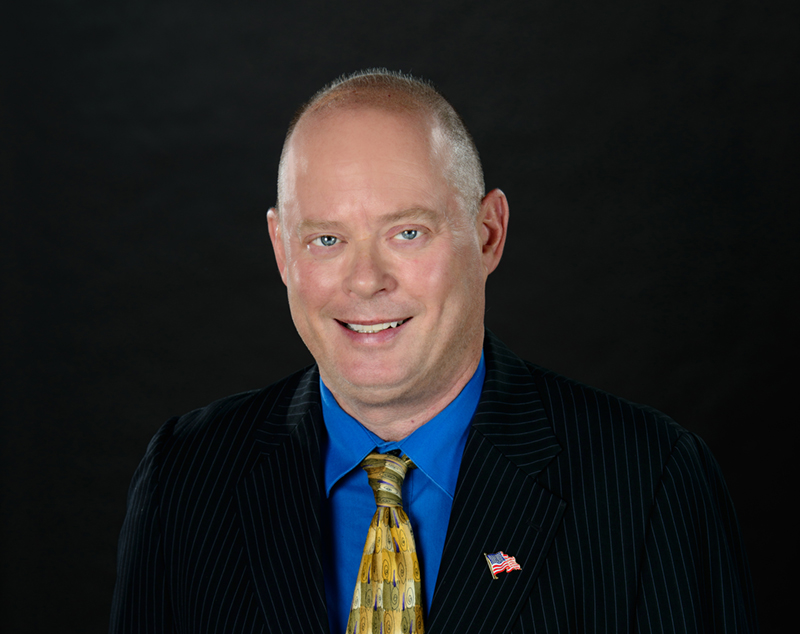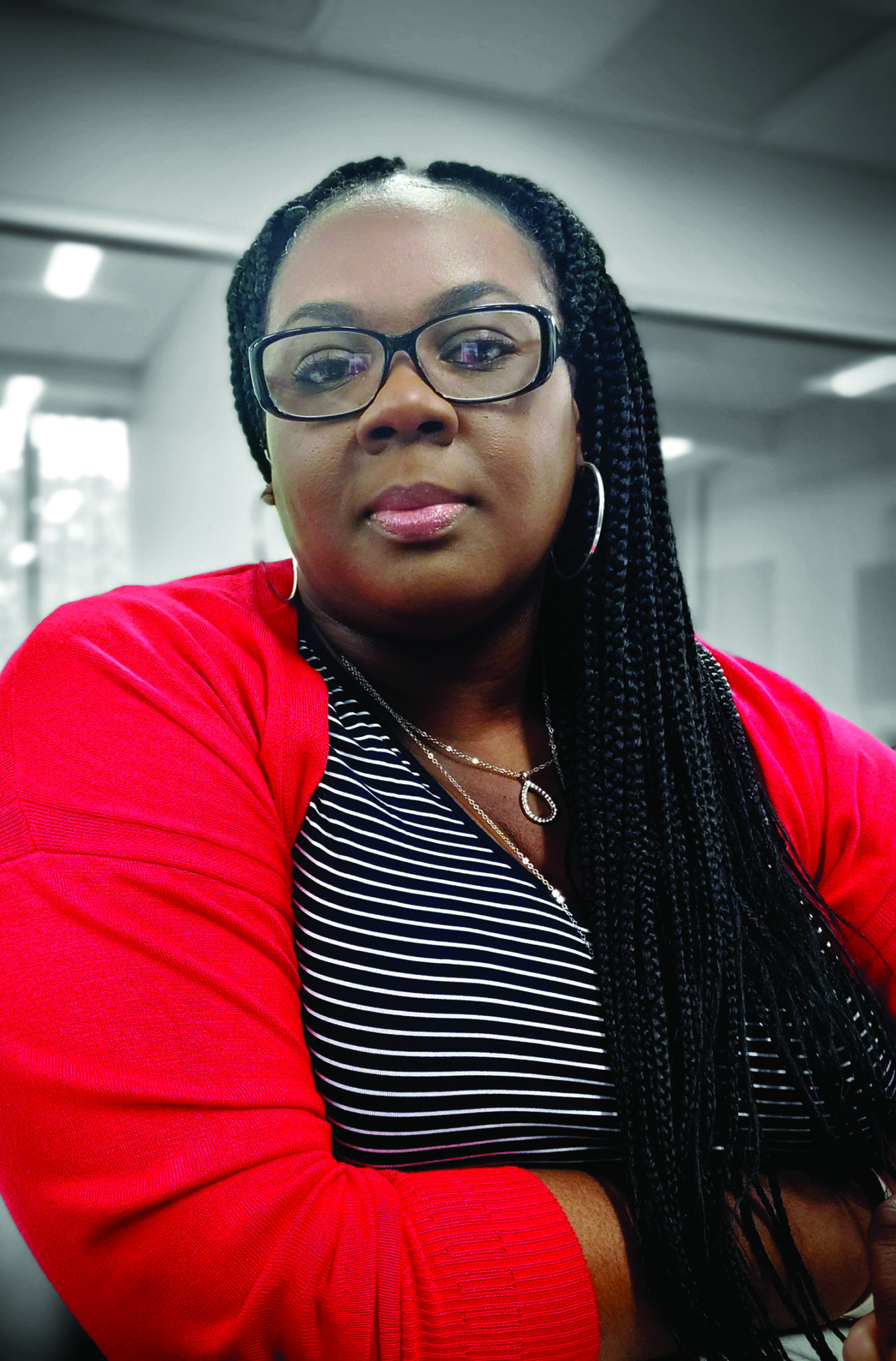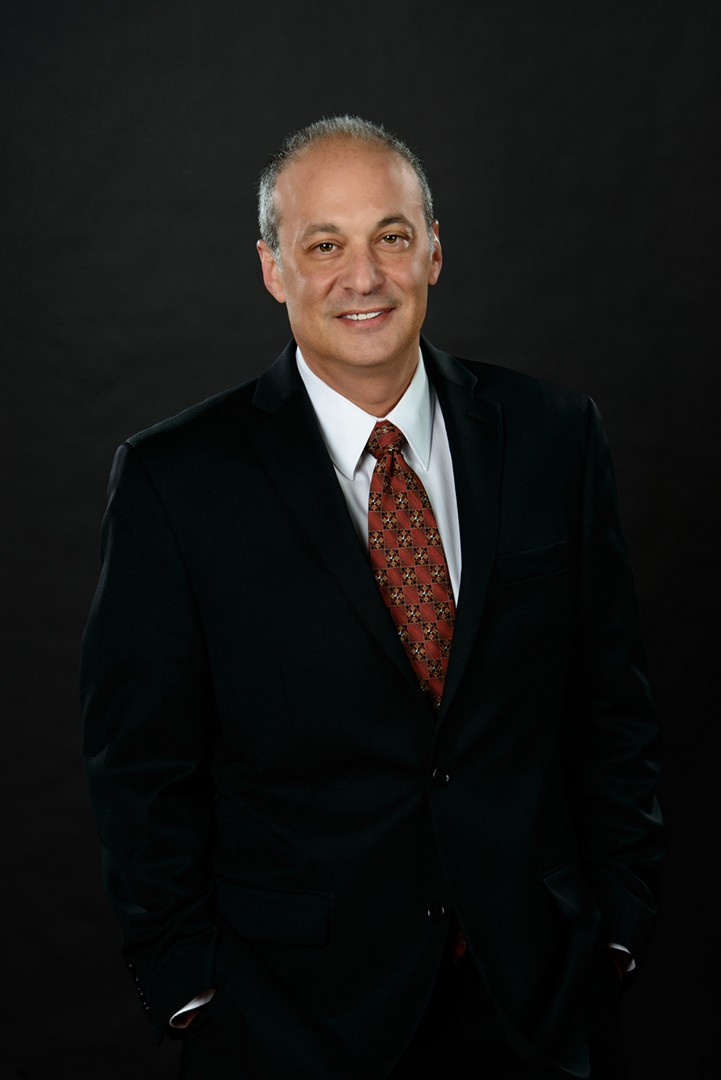“Innovate or die” is the mantra in today’s world of business. This issue offers an array of examples of the innovation percolating throughout the South Florida economy.
But, first, let’s take a little walk down memory lane for a case study. In the mid to late 1980s, I was an assistant business editor at the Sun Sentinel when we started to get announcements of some little-known Fort Lauderdale company called Blockbuster Entertainment buying some of the nation’s largest video store chains. I remember asking a reporter to go back to the newspaper’s archives, known as the morgue, to find out who this guy was with the funny name was who led Blockbuster. H. Wayne Huizenga instantly gained credibility in my book when I found out he was a cofounder of Waste Management.
Huizenga arguably was one of the greatest business innovators of his time with his ability to roll up businesses in fragmented industries. Blockbuster at its peak was an absolute dynamo. Huizenga also knew when to sell. In 1994, Sumner Redstone of Viacom was in need of a cash cow and bought Blockbuster, even though some were already speculating the internet would harm its business.
As is mentioned in the South Florida Executive Roundtable technology forum article in this issue, Blockbuster could have bought Netflix for $50 million. (A 2013 Vanity Fair article says Blockbuster rebuffed repeated efforts by the money-losing Netflix.) A key part of the Vanity Fair article quotes a former high-ranking Blockbuster executive as saying CEO John Antico was a good manager and a tough negotiator, but lacked vision. To me, vision and innovation go hand in hand.
If you want to visit the one remaining Blockbuster store, you can find it in Bend, Oregon. As for Netflix, it had $15 billion in revenue in 2018 and a $1.21 billion profit.
A big corporate example of innovations can be found at the United Technologies Center for Intelligent Buildings in Palm Beach Gardens, which is covered in this issue. The products inside the building are innovative, the way they are demonstrated is innovative and the whole building itself is innovative. If United Technologies spins off Carrier as expected, South Florida will have a powerhouse innovator in climate technology headquartered here as a very large public company.
Another innovator in this issue is Derek Wall, a serial entrepreneur who started HubX. His innovation is finding a way for electronics companies to get rid of inventory without screwing up existing distribution networks and taking a hit on margins. Wall, a Californian, is exactly the type of person South Florida needs to land for economic development. It’s also highly encouraging to hear an outsider rave about the quality of the tech ecosystem here.
Joe Zumpano, our cover story subject, shows that innovation can also happen in relatively staid fields, such as law. He’s been an innovator in his ability to track down money to fulfill judgments against the Castro regime and narcoterrorists. He also has innovative strategies at his firm by creating a real estate conglomerate and forming alliances with law firms in other countries.
When I hear stories like this, it puts a smile on my face. It seems like innovation is alive and well in South Florida and confirms we have a bright economic future.






